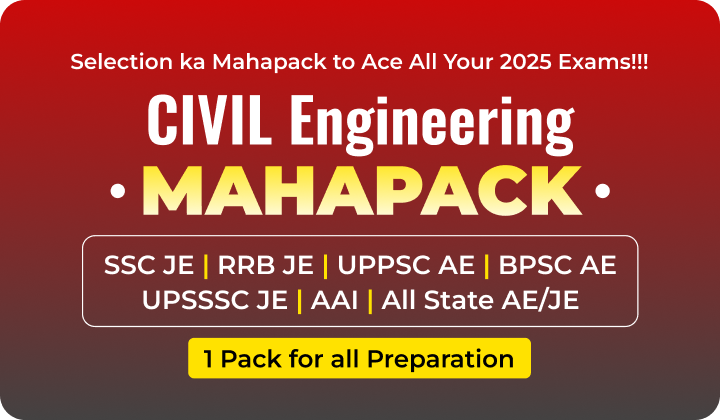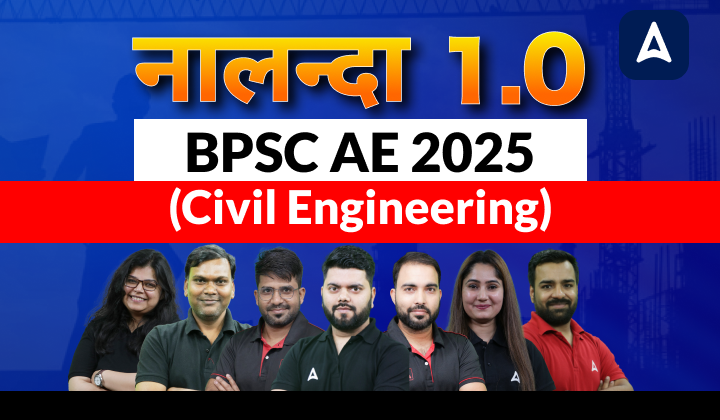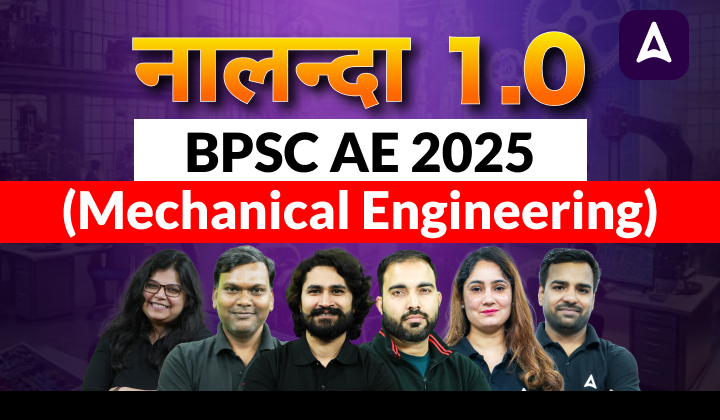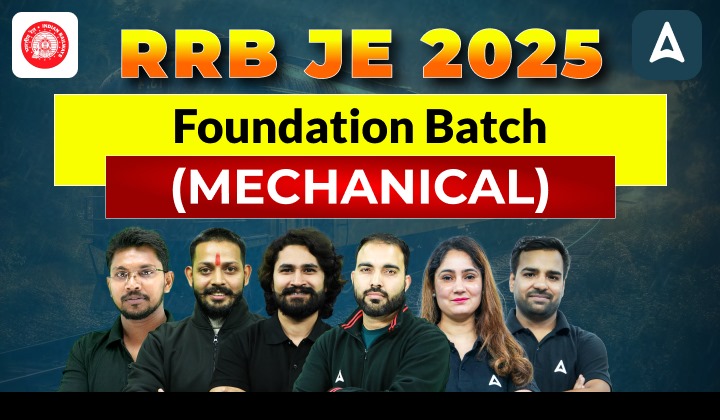Table of Contents
Soil Mechanics and Surveying are two fundamental subjects in the field of civil engineering, particularly crucial for aspirants preparing for the SSC Junior Engineer examination. These topics form the backbone of various civil engineering projects, ranging from constructing buildings and roads to bridges and dams. A solid understanding of these concepts not only helps in cracking the SSC JE exam but also lays a strong foundation for a successful career in civil engineering. This article aims to provide a detailed overview of Soil Mechanics and Surveying, focusing on key concepts and principles.
Syllabus Of the Soil Mechanics and Surveying for SSC JE
Soil Mechanics
Soil mechanics involves the analysis of soil characteristics such as texture, structure, density, permeability, and shear strength. These properties are crucial for designing foundations, retaining structures, and embankments. The Index Properties of Soil, including particle size distribution, Atterberg limits, and compaction, form the basis for understanding the soil’s suitability for different construction purposes.
| Soil Mechanics Syllabus | ||||
| Origin of soil, phase diagram | Unit weights | Principles of consolidation | Consolidation of soils | Unconfined and confined aquifers |
| Definitions-void ratio | Porosity | Degree of consolidation | Vane shear test | The specific gravity of soil grains |
| Index properties of soils | After Berg’s limits | Pre-consolidation pressure | Triaxial test | |
| Degree of saturation | Permeability of soil | Normally consolidated soil | Soil compaction | Laboratory compaction test |
| Water content | Effective stress | Shear strength of soils | Plate load test | Earth pressure theories |
| Direct shear test | Quicksand | Standard penetration test | Computation of ultimate settlement | |
| Coefficient of permeability | e-log p curve | Bearing capacity of soils | Active and passive earth pressures | |
| Density index, and interrelationship of different parameters | Grain size distribution curves, and their uses | Maximum dry density and optimum moisture content | ||
| Determination of coefficient of permeability | ISI soil classification, and plasticity chart | |||
Surveying
Surveying is the technique of determining the three-dimensional positions of points and the distances and angles between them. For SSC JE aspirants, mastering surveying is crucial for tasks such as mapping, construction layout, and land division.
| Surveying Syllabus | ||||
| Principles of surveying | Bearings | Plane table surveying | The theodolite traversing | Adjustment of theodolite |
| Measurement of distance | Local attraction | Curvature | Refraction corrections | Methods of contouring |
| Chain surveying | Leveling | Curve setting | Earthwork calculation | Uses of a contour map |
| Compass traversing | Contouring | Tachometric survey | Advanced surveying equipment | |
| Working on the prismatic compass | Definition of terms used in leveling | Temporary and permanent adjustments of dumpy level | ||
Soil Mechanics: Understanding the Ground Beneath
Introduction to Soil Mechanics
Soil Mechanics is the branch of civil engineering that deals with the behavior of soil under various conditions and loads. It involves the study of soil properties and the application of these properties in designing foundations and other soil-structure interaction problems.
Types of Soil
- Gravel: Consists of large, coarse particles.
- Sand: Medium-sized particles that are visible to the naked eye.
- Silt: Fine particles that are smooth to touch and can hold water.
- Clay: Very fine particles with high plasticity and water retention capacity.
- Loam: A mixture of sand, silt, and clay, often ideal for agriculture.
Basic Soil Properties
- Texture: The feel of the soil based on particle size distribution.
- Porosity: The measure of void spaces in soil.
- Permeability: The ability of soil to allow water to flow through it.
- Shear Strength: The resistance of soil to shear stress.
- Compressibility: The tendency of soil to decrease in volume under pressure.
Soil Compaction and Consolidation
- Compaction: The process of increasing soil density by removing air pockets, typically done using mechanical means.
- Consolidation: The process by which soil changes volume gradually under long-term pressure, usually due to water expulsion.
Bearing Capacity and Settlement
- Bearing Capacity: The maximum load per unit area that the soil can support without undergoing failure.
- Settlement: The downward movement of the ground due to the weight of the structure.
Soil Testing Methods
- Standard Proctor Test: Determines the optimal moisture content for soil compaction.
- Triaxial Shear Test: Measures the shear strength of the soil.
- Atterberg Limits Test: Defines the plastic and liquid limits of soil.
Soil Mechanics is a pivotal branch of civil engineering that deals with the behavior of soil and its applications in the construction industry. It encompasses the study of soil’s physical properties, its behavior under various conditions, and the principles governing its stability. For SSC JE aspirants, a solid grasp of soil mechanics is essential for both the examination and practical fieldwork.
Surveying: Mapping the Ground Above
Introduction to Surveying
Surveying is the technique of determining the three-dimensional positions of points and the distances and angles between them. This information is crucial for planning and executing construction projects.
Types of Surveying
- Plane Surveying: Assumes the Earth’s surface to be flat, suitable for small areas.
- Geodetic Surveying: Takes the Earth’s curvature into account, used for large areas.
- Topographic Survey: Captures the elevation and features of the land.
- Hydrographic Survey: Maps bodies of water.
- Cadastral Survey: Establishes property boundaries.
- Construction Survey: Provides data necessary for construction projects.
Basic Surveying Instruments
- Theodolite: Measures horizontal and vertical angles.
- Total Station: Combines electronic distance measurement and angle measurement.
- Level: Establishes or checks points in the same horizontal plane.
- GPS: Provides accurate location data using satellite signals.
Principles of Surveying
- Working from Whole to Part: Establishing a framework of control points and working towards details.
- Location by Measurement from Two Points: Using known points to find the position of a new point.
Surveying Techniques
- Traversing: Establishing a series of connected lines.
- Triangulation: Using triangles to determine positions.
- Leveling: Measuring height differences between points.
For SSC JE aspirants, mastering the concepts of Soil Mechanics and Surveying is essential. Understanding soil behavior and accurately mapping the land are critical skills for any civil engineer. By delving deep into these subjects, aspirants can not only excel in their exams but also equip themselves with the knowledge required for their professional careers. Continuous practice, coupled with theoretical knowledge, will ensure success in both the SSC JE examination and future engineering endeavors.




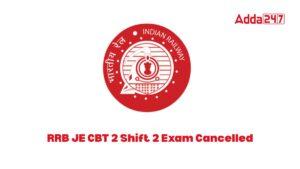 RRB JE CBT 2 Exam Cancelled for Shift 2,...
RRB JE CBT 2 Exam Cancelled for Shift 2,...
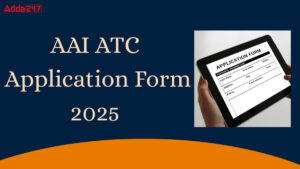 AAI ATC Application Form 2025 Starts, Ch...
AAI ATC Application Form 2025 Starts, Ch...
 CPCB Recruitment 2025, Last Date To Appl...
CPCB Recruitment 2025, Last Date To Appl...

